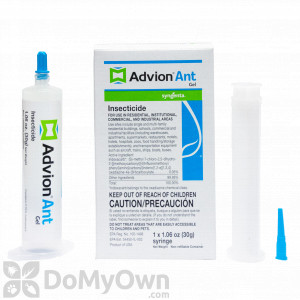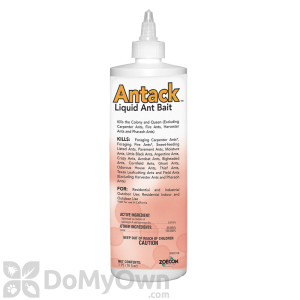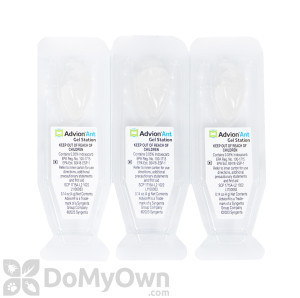Step 1) Inspection
In order to treat a Thief Ant infestation properly, you must first inspect the property thoroughly inside and out for mounds or other potential nesting sites.
Thief Ant outdoor nesting sites: under rocks, around walkways, in rotting wood and exposed soil
Thief indoor nesting sites: under countertops, in wall and cabinet voids, and behind baseboards. Thief ants are also known for building nests very close to, if not inside the nests of other ants, from whom they steal their food.
Step 2) Treat Outdoor Ant Mounds
Outdoor mounds can be eliminating by drenching the mound with Demon WP or Cynoff insecticide, using a gallon sprayer. Drenching simply means applying enough of the liquid insecticide to drown all ants in the nest and surrounding area. Always read the product label for specific directions on mound treatments. Pets and children should be kept away from the treated area until the solution has dried.
Step 3) Spray Outdoor Perimeter
Spray a good barrier around the home using Talstar or Demon WP and a one gallon sprayer. This will help prevent entry. A fan spray that is at least 3 feet high on the side of the building and 3 to 6 feet out on the ground will provide excellent protection.
Step 4) Indoors: Baiting is Better
The use of residual sprays indoors causes stress to ant colonies, often causing it to split into a larger number of sub-colonies. This will actually worsen the infestation.
Baiting indoors is preferred and a far mare effective method of control than spraying or dusting. Try a slow-acting bait labeled specifically for Thief ant control. Protein or grease baits seem to be the most accepted by thief ants, but they will sometimes switch over to a sweet-feeding cycle for a time. To judge whether a bait is effective, simply monitor whether the placement is being visited or decreasing in size. If not, switch to a different bait until you find one that is readily accepted.
Recommended protein baits for Thief Ants
- Maxforce Complete Granular Bait- Maxforce Insect bait offers a combination ingredients which satisfy the insects' changing tastes and nutritional needs.
- Antack Liquid Ant Bait- A balanced formulation that ants need and desire. The bait will kill the entire colony.
- Advance 375A Select Granular Ant Bait- Advance Ant Bait is a protein-based bait that eliminates common varieties of household ants.
- Niban Fine Granular Bait (1 lb.)
A moisture-resistant, fine granular bait that can be used indoors and outdoors.
Step 5) Dust Treatments: Nests located behind baseboard or inside wall voids may be treated with an acid dust. Dust underneath baseboards, and inside cracks, crevices, and voids where activity is suspected, including all areas that cannot be sprayed with Delta Dust Insecticide. It is important to use Delta Dust because of its waterproof property. This is easy to apply using a professional Hand Duster.
Additional Methods for Thief Ant Prevention & Control
After you have applied the appropriate pesticide chemicals, these additional non chemical methods will help you to maintain control and prevent future ant infestations:
- Practice good sanitation.
- Limit food preparation and consumption to one or two areas of the home that are cleaned daily.
- Eliminate gaps and cracks in the foundation, baseboards, window frames, and door frames with caulk or other appropriate material to eliminate ant entryways.
- Materials such as stacked or piled lumber, stones, bricks, leaf litter, heavy mulch, and other debris that serve as potential ant harborages should be removed as far from the structure as possible.
- Trim the branches of trees, shrubs, and other vegetation that may serve as ant highways so they do not touch the structure.
- Repair leaky pipes and faucets.
Products
All Ant Control products






